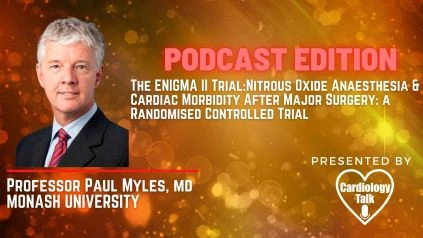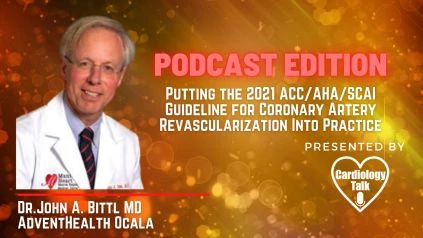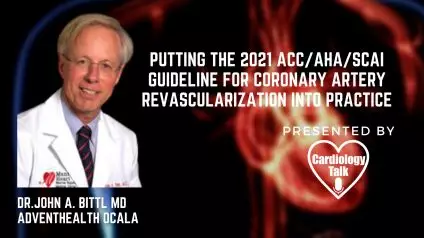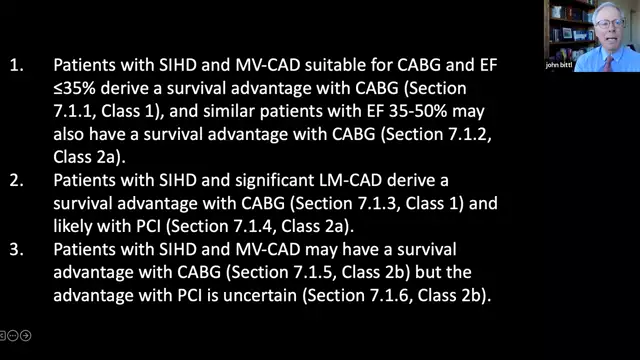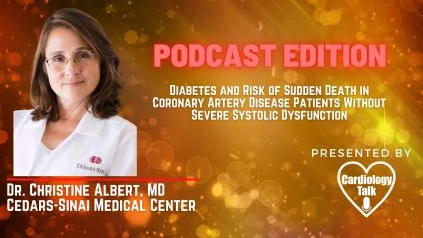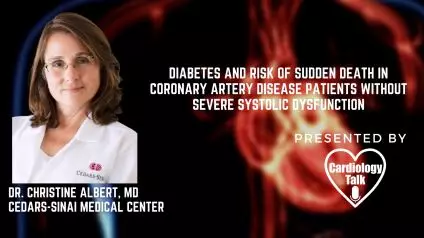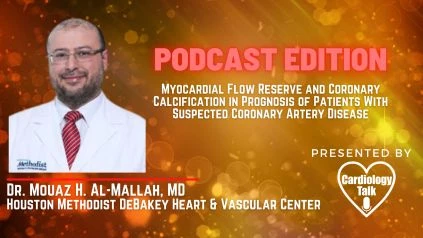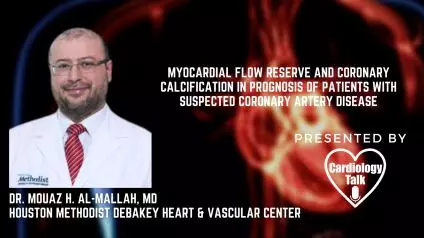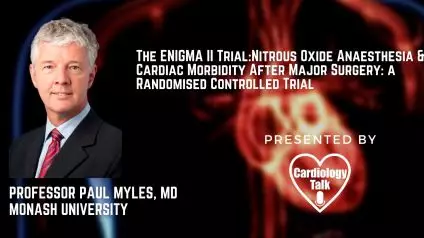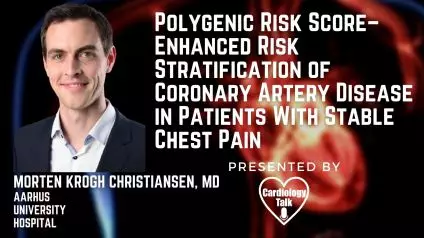Podcast Dr. Paul Myles, MD- The ENIGMA II Trial:Nitrous Oxide Anaesthesia and Cardiac Morbidity After Major Surgery: ...
Professor Paul Myles, MD is the current Director of Anaesthesia and Perioperative Medicine at the Alfred and the Chair of the Academic Board of Anaesthesia and Perioperative Medicine. Professor Myles is also a Fellow of the Australian Academy of Health and Medical Sciences and an Australian NHMRC Practitioner Fellow. In this video Dr. Myles speaks about The ENIGMA II Trial: Nitrous Oxide Anesthesia and Cardiac Morbidity After Major Surgery.
Link to Abstract:
https://clinicaltrials.gov/ct2/show/study/NCT00430989?recrs=e&cond=Heart&phase=23&lupd_s=01%2F01%2F2019&lupd_e=11%2F15%2F2021&draw=3
The goal of this study was to see if nitrous oxide (N2O) anaesthesia was safe in patients who had risk factors for coronary artery disease and were having major surgery.
Description in detail:
Around 25% of individuals undergoing major surgery had known coronary artery disease (CAD) or CAD risk factors.
The metabolism of vitamin B12 and folate is disrupted by N2O. This reduces the creation of methionine (from homocysteine), which is required for the synthesis of tetrahydrofolate and thymidine in DNA. N2O anaesthesia has been shown to raise postoperative homocysteine levels on numerous occasions. Acute hyperhomocysteinaemia is known to produce endothelial dysfunction, and chronic hyperhomocysteinaemia is linked to cardiovascular disease. In one short study, patients who had N2O anaesthesia had a higher rate of postoperative myocardial ischaemia. For people with CAD who are having major surgery, reducing postoperative myocardial infarction and death are key goals.
Our earlier study (ENIGMA) looked at 2050 patients and found some major side effects, but because most of them were not at risk of CAD, we couldn't properly quantify serious cardiac problems. To offer a definitive evaluation of the safety of N2O anesthesia, we suggest a large simple randomized clinical trial with 7,000 patients.
